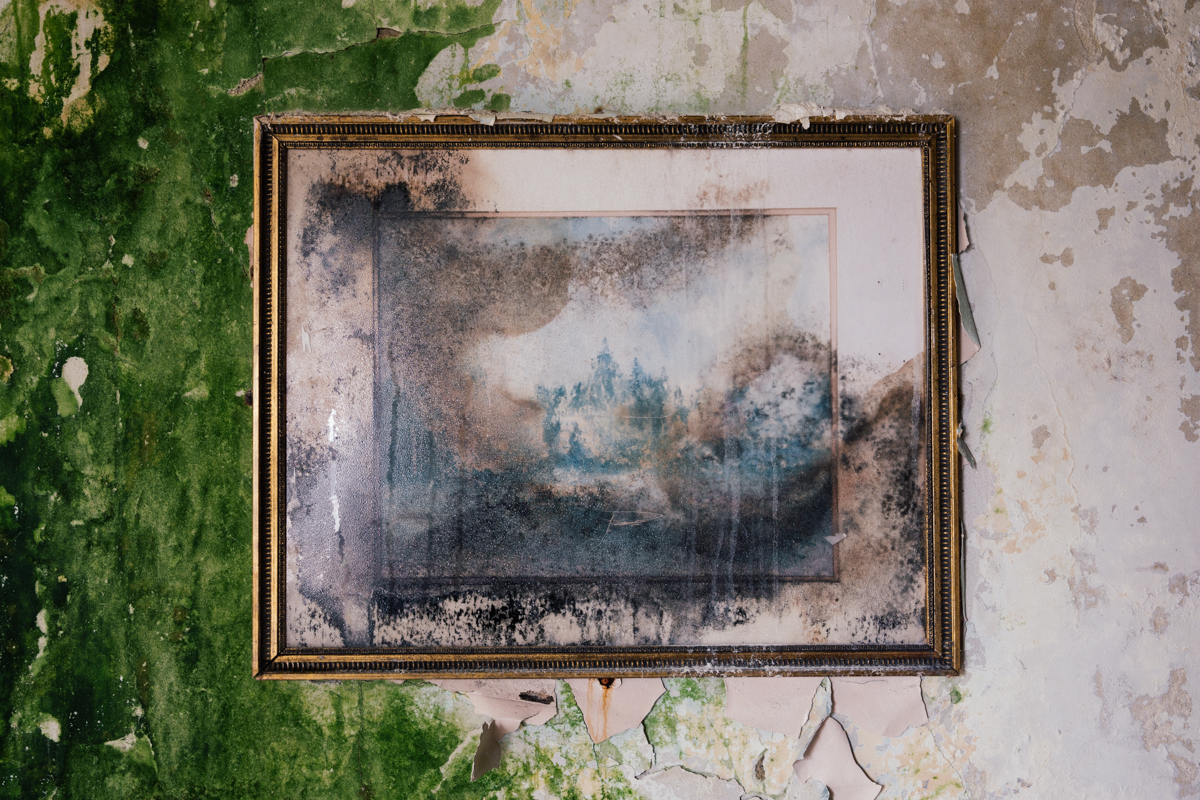Greystone Park Psychiatric Hospital, New Jersey
The New Jersey State Lunatic Asylum at Morristown opened its doors to 300 patients in 1876 as the second asylum to be constructed in the state of New Jersey.
This massive building, the largest contiguous building in the United States until the Pentagon was constructed, was designed to care for 600 patients and followed the Kirkbride plan. In typical Kirkbride fashion, the wings were staggered, so the males and females could not see one another in the wards and also to allow for maximum light and air circulation within the building. The wards were designed for twenty patients who would share a dining room, exercise room and activity room. Each wing also contained a violent ward, where the most disruptive or dangerous patients were kept, which was in the portion of the wing farthest from the Administration section so as not to disrupt the staff and more orderly patients.
The hospital campus was self sufficient and contained a dairy farm, power station, staff housing a police and fire building, but within two decades of opening, even all the campus' amenities were not enough to handle the overcrowding. By the early 1900's, the hospital's patient count reached 1,500 and by 1911, the count reached a shocking 2,600 patients. Hundreds of patients were kept on cots in hallways because the hospital did not have enough patient rooms. There were many attempts to create more dormitory buildings to assist with the population growth, but each building constructed was immediately filled and there was again a need to create more housing.
At this time, advancements were also taking place throughout the asylum. A much needed electrotheraputic room, hydrotherapy room and photographic department were being constructed within existing buildings. Operating rooms, laboratories and x-ray equipment wound up being moved into the new Psychiatric Clinic Reception Building and a Social Services Department opened, to assist patients with re-entering the real world.
Shortly after changing its name to Greystone Park Psychiatric Hospital in the early 1920's, the hospital experienced three fires, the most devastating fire causing significant damage to the 4th floor wards and Central Tower of the Administration Building. Once repaired, that section never matched the rest of the building.
Greystone Psychiatric Hospital was home to over 4,800 patients in 1935, but the patient number peaked in 1953 at 7,600, which was likely caused by a number of men returning from war and suffering from Post Traumatic Stress Disorder. One of the most famous patients, was Woodie Guthrie, a resident from 1956 to 1961, who was there fighting a battle with Huntington's Disease.
The 1980's saw a major movement known as "Desinstitutionalization," which meant that patients were discharged and sent home with their families because it was believed to be the best care for mentally ill patients, especially since the advancements of modern medicine allowed patients to be controlled with the use of psychological drugs.
By 1988, the wings of the Kirkbride building had been abandoned and only the Administration section remained in use. By this time, patient escapes had become commonplace and staff were accused of raping and abusing patients. Not only that, but the remaining buildings were crumbling and falling apart, but it wasn't until 2008 that the remaining patients were moved to a new hospital and the entire complex was abandoned.
Demolition on the property began in early 2015.
























































